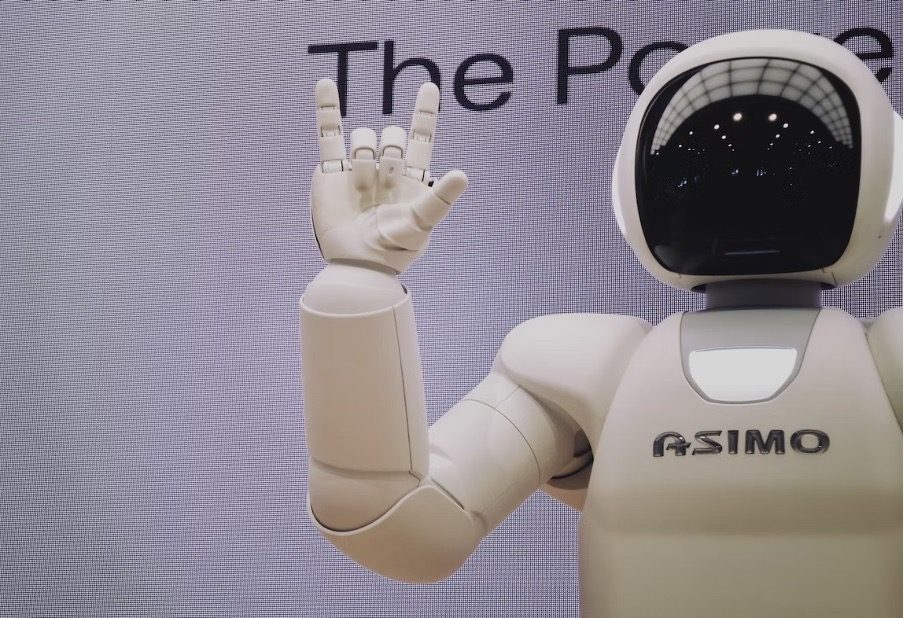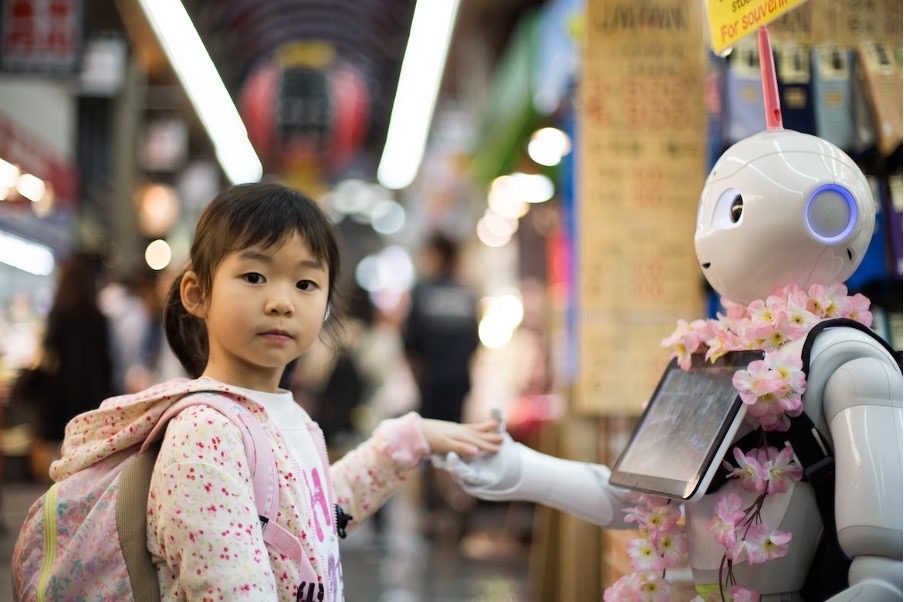The world is a global village powered by artificial intelligence. If you’re reading this article, you are using artificial intelligence. Although the term appears a lot in the media, it has nothing to do with robots taking over the world. AI has been around for a while and has become popular due to its integration into gadgets and real-world sceneries. This article explains how we use artificial intelligence in everyday life.
What Is Artificial Intelligence, And How Does It Work?
People and animals display natural intelligence. In contrast, machines show artificial intelligence. This is the simplest definition you can get. Do you want us to break it down further? The brain consists of over 100 billion neurons that make neural networks, and about 100 trillion synapses weave them together. As a result, the brain controls all body functions.
Artificial intelligence is an area of computer science. It mirrors the brain’s capabilities. Deep learning allows machines to perform tasks that need human intellect. Like the brain, AI is a complex subject. It is defined in these areas:
- Ability to think humanly and rationally.
- Ability to act humanly and rationally.
The system thinks, understands, learns, and applies its intellect to solve problems like real people. It is built on different data manipulated to determine patterns and generate insights. The tech also applies the results to new and unfamiliar sceneries.
How It Works
Artificial intelligence relies on high-level programming, computer architecture, and databases. The machines appear in different forms. The common ones include:
- Narrow and artificial general intelligence: The former is a limited form of intelligence. It focuses on performing a single task well. The system utilizes machine learning algorithms to learn and get better at doing a task. In contrast, general intelligence is more advanced and solves problems like real people. This is the type of intellect in The Terminator – super-intelligent robots achieving self-independence.
- Machine learning: This type employs statistical models and data. The system learns and adapts to situations without following explicit instructions. It also discerns interference and analysis in data patterns. It does this by splitting into reinforcement, unsupervised, and supervised learning.
- Deepmind intelligence: This cloud service can tap into the recreation and leisure sector. For example, IBM’s Watson participated in a televised Watson and Jeopardy. The supercomputer used identifiable speech recognition and response to answer questions.
AI Applications and Use Cases
Robotics has deep roots in our daily lives. Doomsday apologists predict robots taking over the world in an evil genius way. Regardless, they don’t deny it has simplified lives by saving money and increasing speed. Either you already have your own business or just learnt how to find product market fit, you should consider using AI. Some popular utilization of the technology include:
In The Educational Industry
Computers mimic human perception and complete tasks in the classroom. Part of AI in education includes using these devices in the classroom to provide immersive teaching and learning. These technologies create a virtual environment. They stimulate all senses of touch, smell, hearing, and vision and help interaction. They include:
- Automated research, assessment, and grading.
- Audio-to-text converter.
- Text to speech generator.
- Content creation and personalized learning.
- Constructive feedback.
- Performance tracker.
- Course creation.
- AI-based tutors, etc.
Computer systems assist teachers and students in learning at their pace. It also improves the rate of project completion. For example, writing a paper takes days, depending on your skills. An APA paper writing service like Edusson.com leverages tech for creating essays and articles. The platform connects students with professionals that write 100% original APA papers in a few hours. Undergraduates order papers and access over 500,000 free samples from anywhere. They can also use the plagiarism app to check the originality of their content.
Students learn from short videos on media platforms. They also use object identifier tools to scan and upload assignments. Video lesson lovers generate automatic subtitles and improve their learning experience.
In The Gaming Industry
AI in gaming has contributed to adaptive and responsive gaming experiences. Game characters act more intelligently than before. Players also enjoy video games across different channels. The popular ones include smartphones, virtual reality headsets, and augmented reality.
In The Transportation Industry
Intelligent systems work in the transportation industry. Some examples include navigation and ride-sharing apps and self-driving cars. Google Maps utilizes intelligence to calculate traffic movement speed and the distance to a destination. It also recommends alternative routes. Likewise, ride-share apps calculate a rider’s wait time based on data from millions of trips. Self-driving cars drive themselves without the passenger’s contribution.
In The Communication and Entertainment Industry
AI is also used in the communication industry. Its utilization includes chatbots, social media, and search engines. Streaming giants feed data into the tech to improve user experience. The application uses it to recommend content suited to individual users’ preferences. This method is the same for media accounts. Examples include Facebook, Twitter, and Emails. AI sources personalized content, suggest friends and identifies fake news. Bots identify phrases and provide relevant information as if you’re chatting with a real person.
AI In Security and Surveillance
Voice assistants use AI-backed user interfaces to process and interpret commands: Alexa, Google Home, and Siri. The popular face ID feature in most phones uses facial recognition technologies. It allows phones to pick facial expressions and identify moods. Automated CCTV networks have motion detectors and infrared sensors. As a result, there is little need for interference.
AI In Healthcare
AI-powered robots allow health practitioners to identify and diagnose diseases easily. Deep learning technology simplifies treatment and management processes. Hospitals use it to provide personalized treatment plans. They also automate processes involving drug discovery and diagnostics. Scientists analyze a vast amount of data sets quickly. For example, AI-enhanced microscopes scan for harmful bacteria in blood samples faster.
In The Hospitality Industry
AI-powered bots and virtual digital assistants promote real-time interactions between guests and hotel staff. Smart room tech also ensures a more convenient stay. Companies use ML and AI-powered apps to analyze user reviews and offer help.
Conclusion
Artificial intellect is at the heart of everything we do. From digital shopping to internet access, travel reservation, and simple alarms. Can you imagine online banking without smartphones and secured e-commerce gateways? Unlike humans, intelligent systems excel at tracking many things at once. AI provides a wealth of possibilities to change our lives by allowing us to achieve more productivity.













